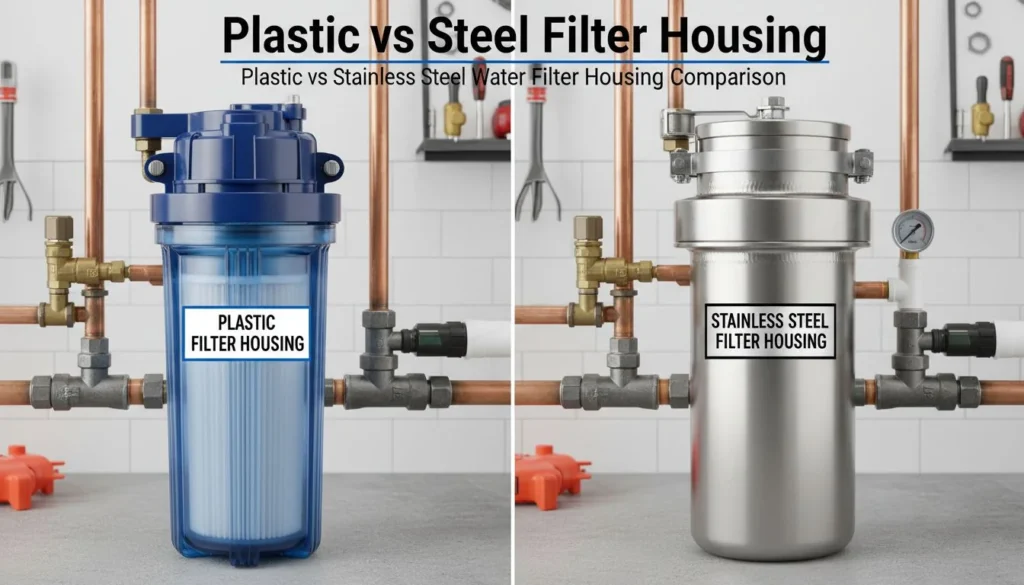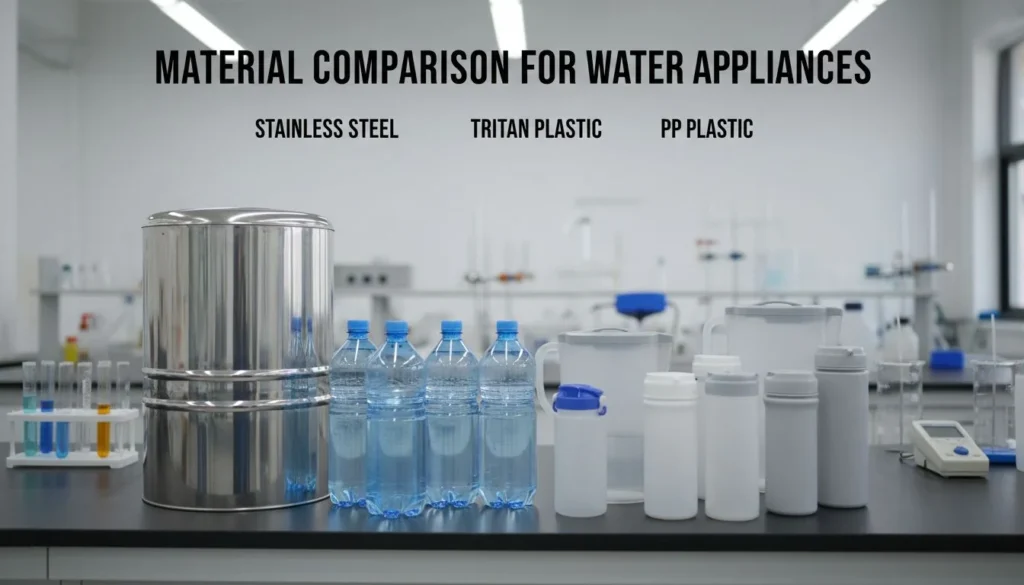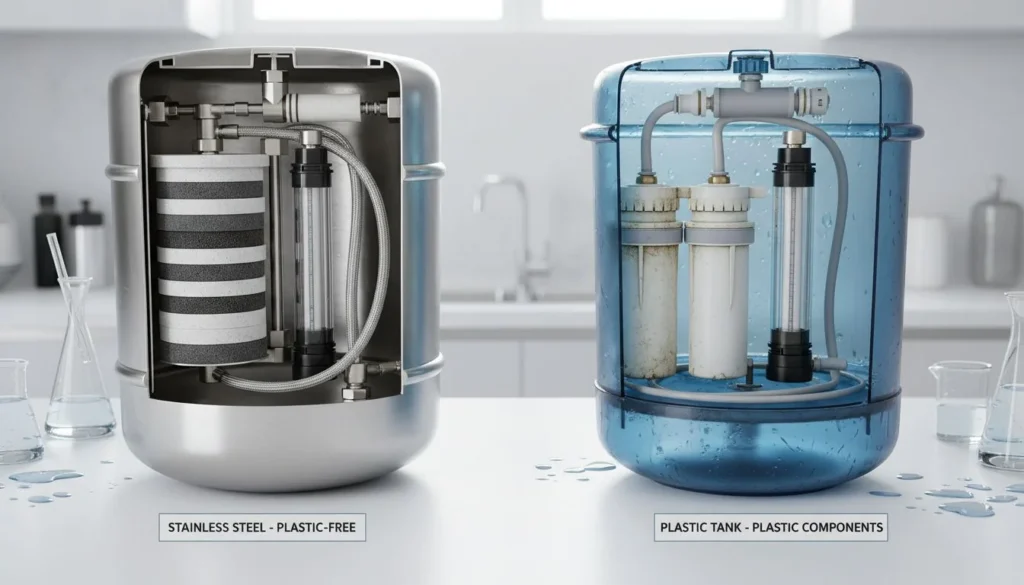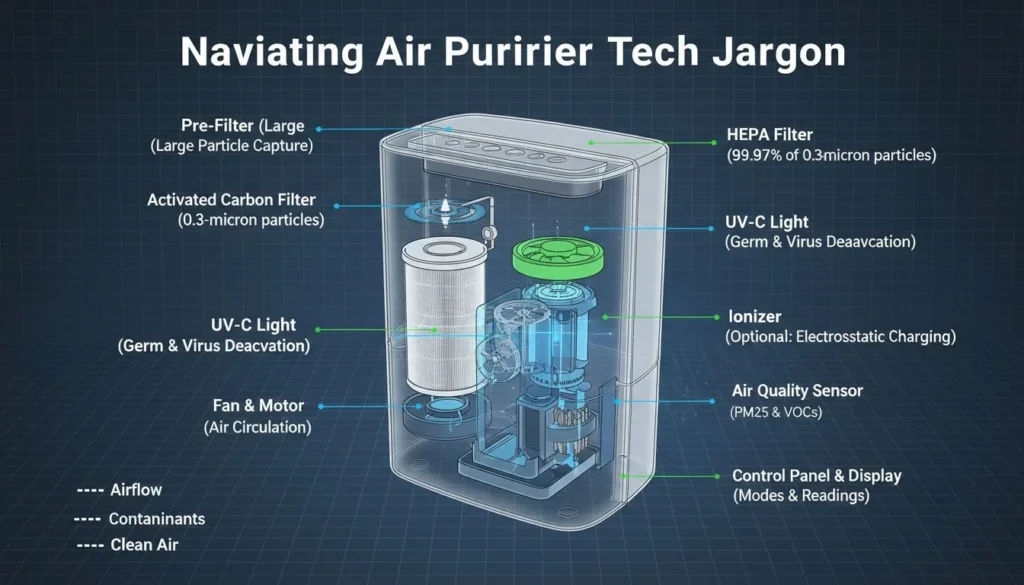Filtri dell'aria come quelli a parete come i tipi elettrostatici e HEPA sono realizzati per combattere gli inquinanti atmosferici come pollini, forfora di animali domestici, polvere, ecc. La differenza principale tra questi due tipi di ventilatori risiede nell'efficienza delle prestazioni e nella facilità di utilizzo in casa.
Ospedali, ambienti commerciali e residenziali sono luoghi che richiedono diversi tipi di purificatori d'aria. L'HEPA e l'elettrostatico funzionano bene se abbinati alle impostazioni a cui sono abbinati.
L'aria particolata ad alta efficienza o HEPA deve essere sostituita per un anno o a seconda della frequenza di utilizzo. È perfetto per gli ambienti commerciali e ospedalieri. È in grado di rimuovere le particelle trasportate dall'aria e i microrganismi che di solito si trovano in questi luoghi.
Il filtro dell'aria elettrostatico non richiedono la sostituzione dei componenti, ma necessitano di una manutenzione ordinaria. Questa opzione è perfetta per gli ambienti residenziali in cui gli inquinanti dell'aria si aggirano intorno a 1-10pm.
HisoAir come produttore di purificatori d'aria offre un'ampia gamma di prodotti tra cui scegliere quando si tratta di combattere gli inquinanti atmosferici. Contattateli subito per vedere la loro gamma completa di prodotti per la sanificazione dell'aria. Inoltre, per saperne di più sulla differenza tra i filtri dell'aria HEPA ed elettrostatici, vi invitiamo a leggere qui di seguito.
Che cos'è un filtro dell'aria elettrostatico?
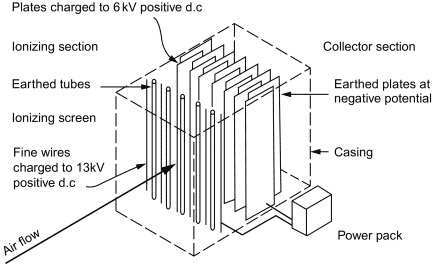
Fonte: Scienza diretta
The Electrostatic Air Filter is a permanent filter with low resistance. The pad is made of electrostatic media and expanded aluminum. This pad is securely riveted at one corner and enclosed in a heavy aluminum frame. They are made of filter media that has been "charged" to create that appealing quality.

Fonte: Alen
Come funziona un filtro dell'aria elettrostatico?
Nel post Come funziona il purificatore d'aria ci ha detto che utilizza l'elettricità statica per caricare le particelle quando entrano nel filtro. Questa carica viene rilasciata quando l'aria passa attraverso gli strati successivi del filtro, con il risultato di intrappolare la particella. Per catturare il particolato nell'aria, il suo meccanismo utilizza il fenomeno naturale dell'elettricità statica. Questi filtri utilizzano strati di poliuretano e polipropilene, oltre a mezzi di filtrazione, per generare elettricità statica durante il passaggio dell'aria attraverso il filtro.
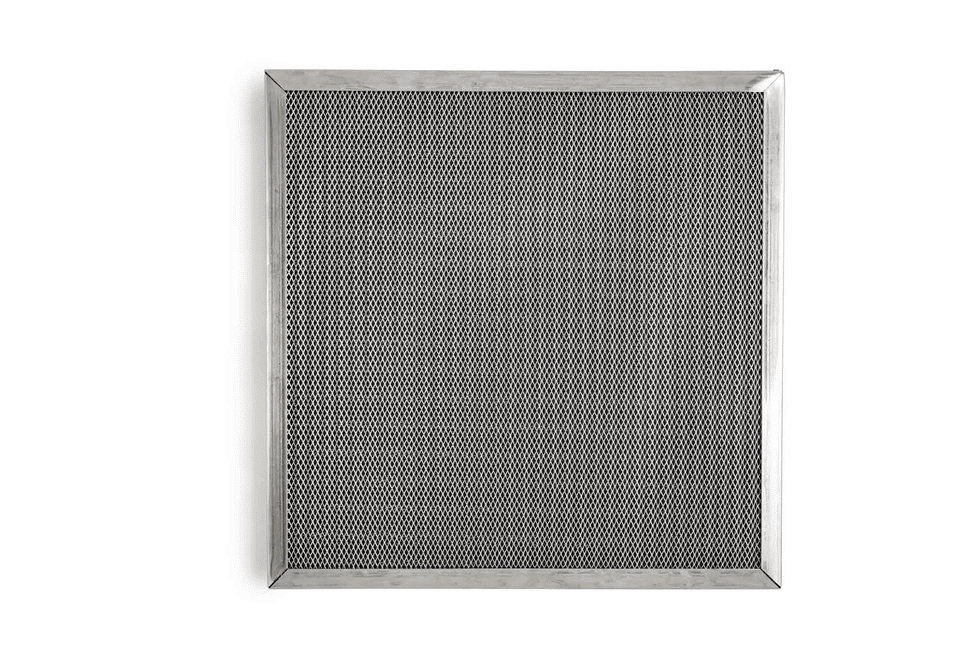
Fonte: Filtro Smith
Are electrostatic air filters worth it?
I filtri elettrostatici lavabili sono tra le opzioni più convenienti sul mercato, ma in genere hanno un valore più basso. Valutazione MERV. Secondo Oasi dell'aria I filtri elettrostatici, in media, catturano meno di 20% di particelle di polvere e possono intrappolare solo le particelle più grandi. Poiché nelle abitazioni residenziali si riscontrano generalmente questi tipi di inquinanti atmosferici, i filtri dell'aria elettrostatici valgono la pena per le famiglie.
How long do electrostatic air filters last?
I filtri lavabili o elettrostatici devono essere lavati, asciugati e reinstallati una volta al mese. I filtri lavabili sono più ecologici e possono durare da 5 a 10 anni se puliti e riutilizzati correttamente.
Quanto costano i filtri dell'aria elettrostatici
Washable air filters are relatively inexpensive ($50-60), and you should only need to buy one for the life of the equipment! Consider it a "permanent filter," because you don't need to replace it until you're ready to replace your entire system.
Electrostatic air filters pros
A purificatore d'aria di alta qualità garantisce il miglioramento della salute. Ecco i comuni vantaggi di avere un purificatore d'aria in casa.
- Efficienza dei costi: I filtri elettrostatici non richiedono la sostituzione. Vengono forniti insieme al sistema. A differenza dei purificatori d'aria HEPA, non dovrete preoccuparvi di cambiare i filtri di routine.
- Senza problemi: L'assenza della necessità di sostituire periodicamente i filtri aumenta la comodità di avere un purificatore d'aria elettrostatico. I filtri che devono essere sostituiti possono essere un altro grattacapo, perché ce ne sono molti tipi da tenere d'occhio.
- Prestazioni elevate: I purificatori d'aria elettrostatici hanno un buon indice MERV, da 5 a 6, e sono in grado di garantire la massima efficienza.
- Filtrazione dell'aria di qualità: I filtri elettrostatici sono adatti a contesti residenziali come la casa, a differenza di un purificatore d'aria HEPA che potrebbe essere eccessivo in un luogo del genere.
Electrostatic air filters cons
- Manutenzione mensile: I filtri dell'aria elettrostatici possono non richiedere la sostituzione, ma necessitano di una sanificazione di routine. Per garantirne la longevità, è regola generale sanificarli regolarmente.
- Potrebbero esserci opzioni migliori: A seconda della qualità dell'aria, i filtri dell'aria elettrostatici possono funzionare solo in alcuni luoghi. Se la vostra località tende ad avere una qualità dell'aria peggiore, potrebbe essere saggio optare per Purificatori d'aria HEPA.
- Per le persone con problemi respiratori, potrebbero esserci opzioni migliori del filtro dell'aria elettrostatico. I filtri lavabili tendono a funzionare meglio con le piccole particelle di polvere che con quelle di grandi dimensioni.
- La scarsa circolazione dell'aria può diventare un problema se non viene effettuata una buona manutenzione.
Are electrostatic air filters safe?
I filtri elettrostatici sono sicuri, soprattutto per eliminare le particelle più piccole presenti nell'aria. La sua caratteristica di lavabilità lo rende più efficace nella rimozione di tali inquinanti. Tra questi vi sono la forfora degli animali domestici, la polvere e altri allergeni che possono rendere la casa piena di sporcizia.
I depuratori d'aria elettrostatici possono funzionare contro il covid-19?

Fonte: Hawk Environmental
I filtri dell'aria elettrostatici contribuiscono a ridurre la probabilità di infezioni incrociate. Questo grazie alla caratteristica di lavabilità del filtro. Il filtro funziona bene con particelle più piccole della media degli inquinanti atmosferici. Volete saperne di più su come i depuratori d'aria uccidono i virus? Ecco alcuni dei metodi di uccisione dei virus da parte dei depuratori d'aria.
I depuratori d'aria elettrostatici limitano il flusso d'aria?
I depuratori d'aria elettrostatici non limitano il flusso d'aria quando i loro filtri sono sottoposti a una corretta manutenzione. Un flusso d'aria elevato si verifica quando non ci sono ostruzioni sul filtro. Queste ostruzioni possono essere minuscole particelle di polvere, come forfora di animali domestici, polline, ecc. Per questo motivo, è importante igienizzare regolarmente i filtri per garantire un flusso d'aria ottimale.
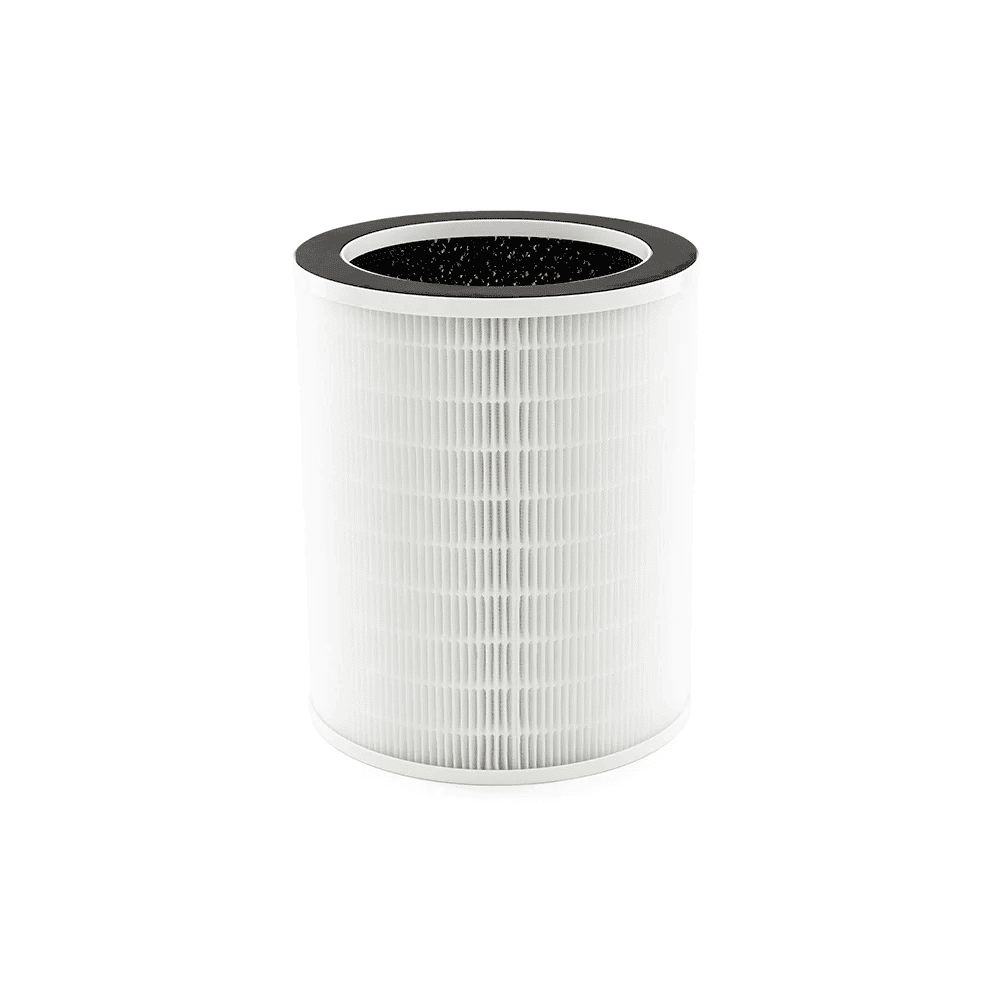
Fonte: Kyowa
Quanto sono efficaci i filtri dell'aria elettrostatici?
La differenza tra filtri dell'aria elettrostatici e non elettrostatici è la loro capacità di eliminare gli inquinanti presenti nell'aria. I filtri dell'aria elettrostatici funzionano bene con inquinanti di determinate dimensioni, ma di solito non sono in grado di rimuovere le particelle più piccole. I filtri dell'aria non elettrostatici, come gli HEPA, sono invece in grado di farlo.
Electrostatic air filter vs HEPA filter (disposable)
Secondo Lago d'ariaI filtri elettrostatici (riutilizzabili) e HEPA (monouso) sono progettati in questo modo per affrontare gli inquinanti atmosferici massimizzando le loro caratteristiche. I filtri monouso come gli HEPA sono destinati agli ospedali, dove è probabile che proliferino virus pericolosi. In ambienti commerciali e residenziali, i filtri riutilizzabili come quelli elettrostatici sono sufficienti per sanificare l'aria.
Filtro aria elettrostatico vs filtro in fibra di vetro a pannello piatto (monouso)
Secondo Riscaldamento lordoI filtri in fibra di vetro a pannello piatto hanno un indice MERV relativamente più basso rispetto ai filtri dell'aria elettrostatici. Ciò significa che i filtri dell'aria elettrostatici funzionano meglio dei primi, in quanto sono in grado di rimuovere un numero inferiore di contaminanti dell'aria.
Filtro aria elettrostatico vs filtro a pieghe
Secondo Gross Heating, i filtri a media plissettata funzionano in base alla qualità; pertanto, le loro prestazioni possono variare. Quelli di alta qualità funzionano meglio dei filtri dell'aria elettrostatici e sono solitamente utilizzati in ambienti commerciali e ospedalieri.
Electrostatic air filter vs standard air purifier: which air filter type is better for use?
I depuratori d'aria sono necessari perché pulisce l'aria che respiriamo e migliora la nostra salute. L'aria disinfettata che circola nel nostro sistema aiuta il nostro corpo a funzionare correttamente, poiché ci sono meno agenti irritanti da tenere d'occhio. I filtri d'aria elettrostatici rispetto a un purificatore d'aria standard possono funzionare bene in un ambiente residenziale. Quindi, se vivete in casa e siete alla ricerca di un purificatore d'aria di qualità, potreste voler dare un'occhiata a marche di purificatori d'aria.
Questo marchio è noto per la sua lunga storia nel settore dei depuratori d'aria OEM e ODM. Quindi, che si tratti di migliorare la qualità dell'aria in un ambiente commerciale o residenziale, è meglio credere che l'azienda sia attrezzata per tutto ciò di cui si ha bisogno. Contatto HisoAir ora per maggiori informazioni.



